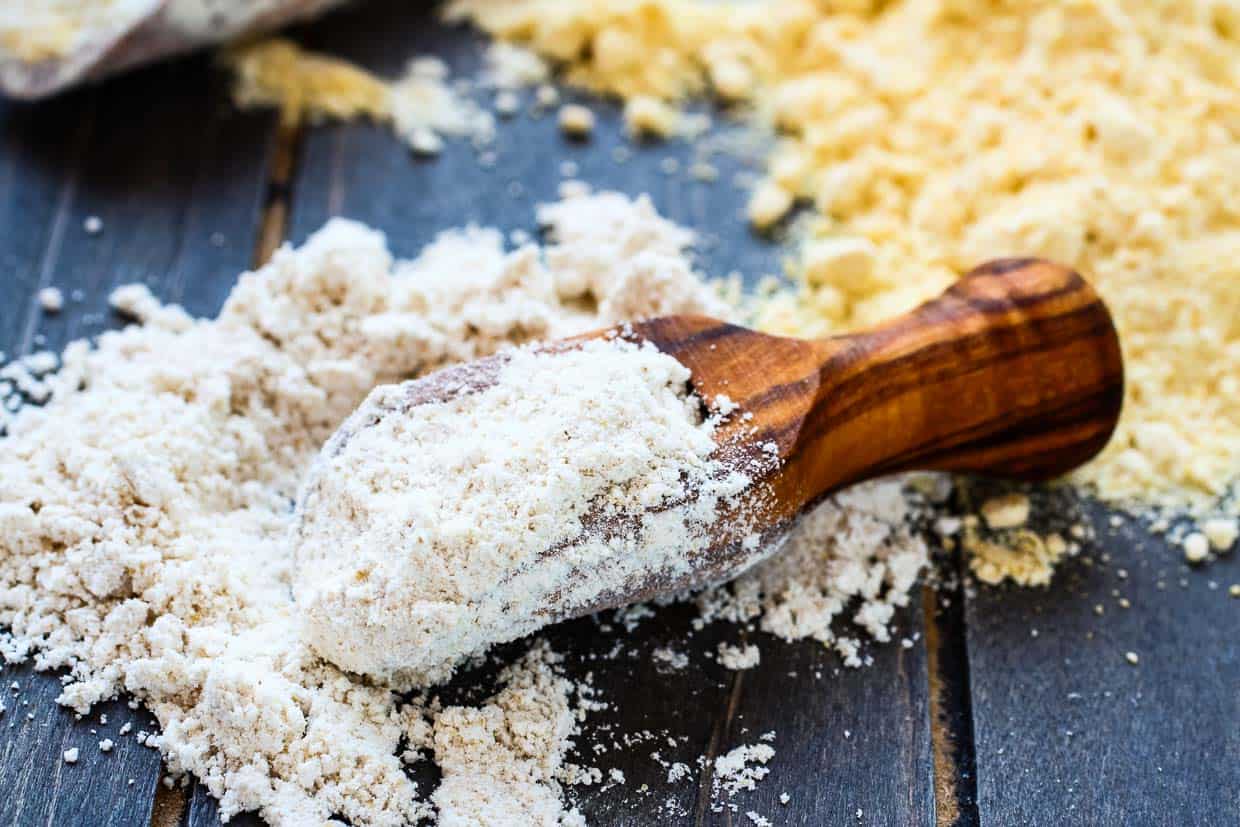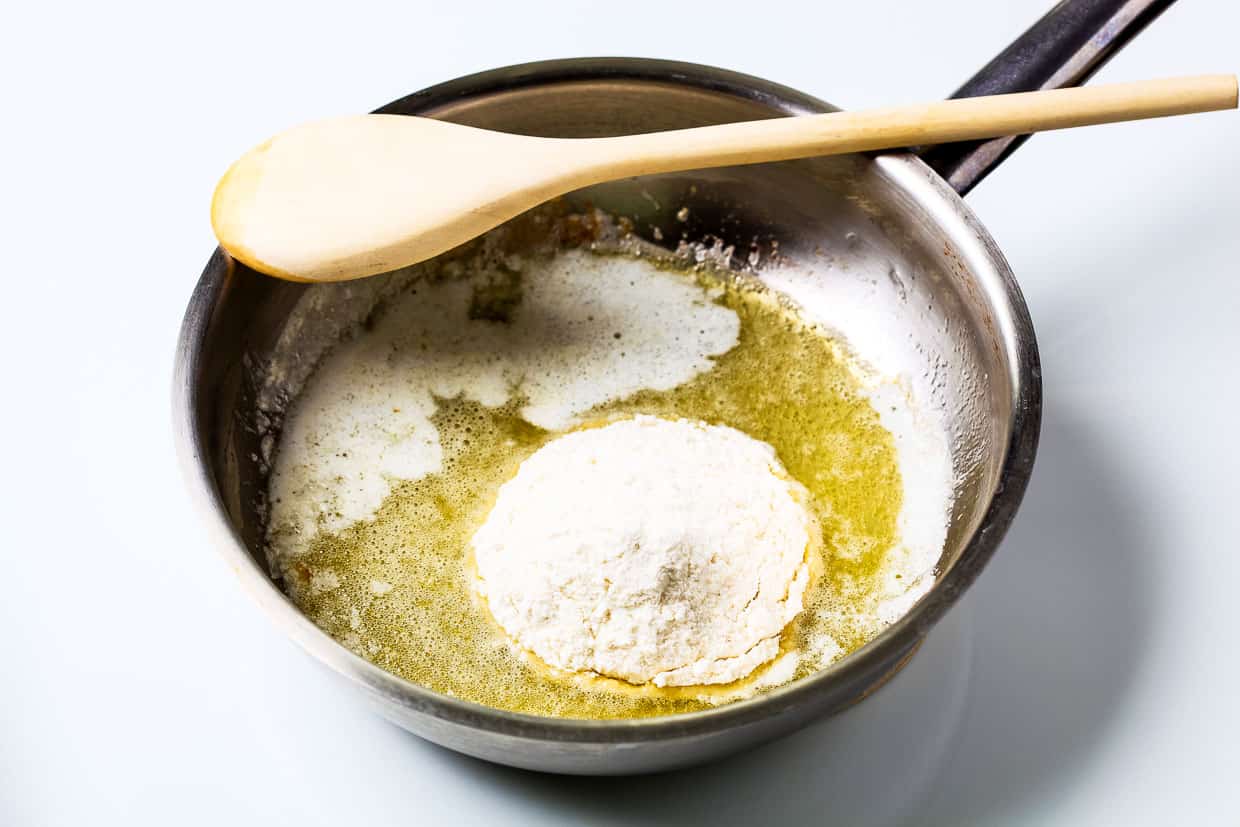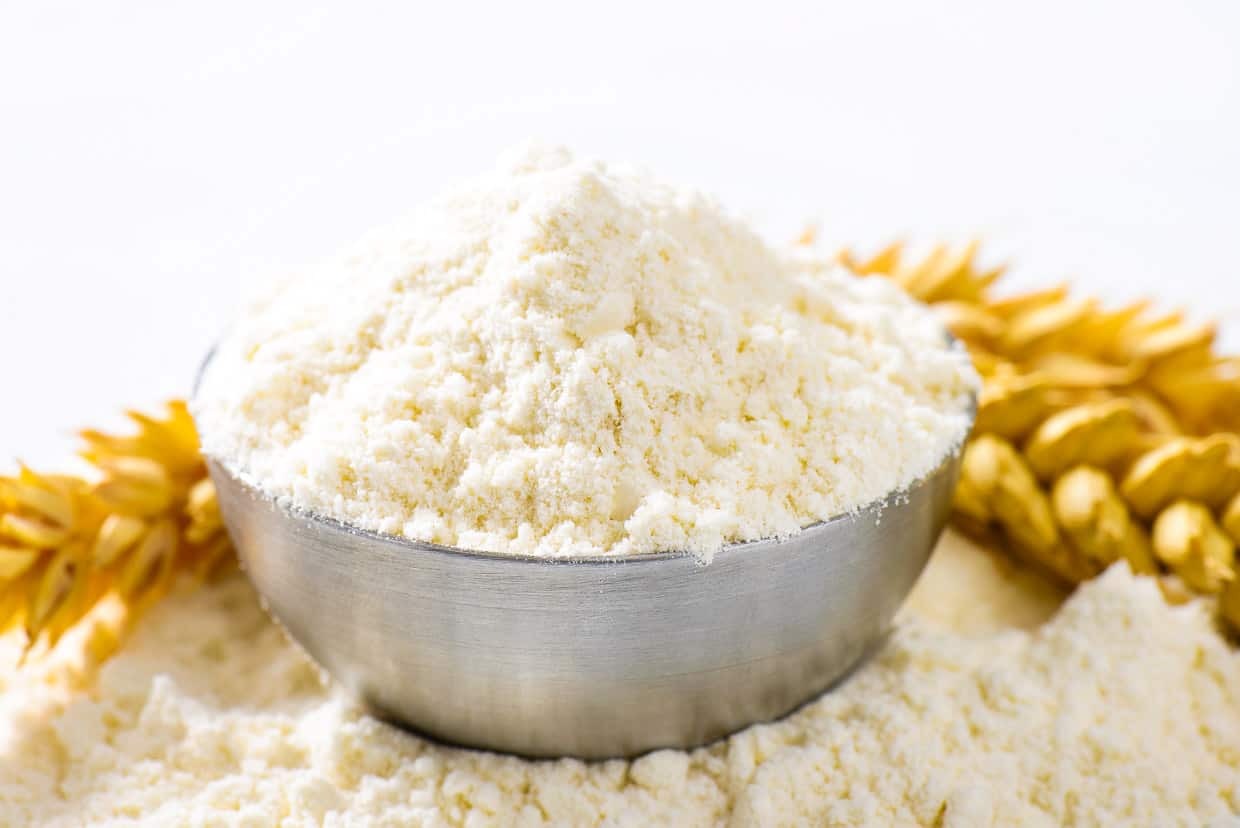In the vast world of culinary arts, there is a food science component known as gelatinization. While the term sounds complex, it is simply the transformation of starch when exposed to heat and liquid. This article will explore gelatinization, its significance in cooking and how the science of starch can elevate culinary creations.

Understanding gelatinization
At its core, gelatinization is the process in which starch granules, found abundantly in grains, legumes and vegetables, absorb liquid and swell. This swelling leads to the release of starch molecules, which interact and create a thickened, gel-like substance. Gelatinization naturally occurs when starch cooks with water or other liquids, such as broths or sauces.
FDL’S 75 Best Bites

Our cookbook with 75 tasty recipes will be your go-to kitchen companion for easy dinners with ad-free recipes right at your fingertips. Crafted by experienced chefs and recipe developers, this collection offers a treasure trove of tried-and-true dishes that make mealtime a breeze.
Get the Recipe: FDL’S 75 Best Bites
Culinary uses for gelatinization
Gelatinization plays a pivotal role in a wide range of culinary preparations. By harnessing this process, chefs and cooks can alter a food’s texture, structure, and other unique characteristics. Here are some of the ways gelatinization enhances various culinary creations.
Thickening: One of the primary functions of gelatinization is to thicken liquids, adding body to sauces, soups and stews. Starch granules absorb liquid and swell, creating a dense network that traps moisture.
This phenomenon is beneficial when preparing creamy gravies, velvety custards or hearty risottos.
I often use arrowroot starch when cooking and baking. It’s naturally gluten-free, which fits my needs better, and functions very similarly to both flour and cornstarch. It has no taste and dissolves completely clear, which is nice in pies or fillings, as too much cornstarch turns a bright berry color into a paler version and I have not found this to be the case with arrowroot.
— Gina Matsoukas, Running to the Kitchen.
Binding: When baking, gelatinization acts as a binding agent, helping to hold ingredients together and provide structure. When dough or batter containing starch is heated, the starch gelatinizes, creating a framework that supports the other components.
The role of binding is why starch-rich ingredients like flour are crucial for achieving the desired texture in baked goods like bread, cakes and pastries.
Stability: Gelatinization also aids the stability of emulsions, such as mayonnaise or salad dressings. By dispersing starch particles throughout the liquid, gelatinization helps prevent separation, maintaining a consistent texture and providing a smooth mouthfeel.
Common starches for stabilizing are modified food starch, corn starch or tapioca starch.
Texturizing: In many recipes, gelatinization helps achieve unique textures to elevate the dining experience. When cooking rice, the gelatinized starch gives it a desirable fluffy and tender quality.
In custards and puddings, gelatinization contributes to a smooth, velvety texture that melts in your mouth.

Gelatinization in the home kitchen
Now that we understand the significance of gelatinization in culinary creations, here are some practical tips for harnessing its power in the home kitchen.
Proper heat and liquid ratio
The correct liquid-to-starch ratio at the appropriate heat is necessary to achieve gelatinization. Most starches gelatinize between 140 F and 180 F; exceeding this temperature range can break down the gel structure.
Using more starch than a recipe calls for can result in thick, lumpy textures, while using less will result in a watery consistency. Finding the balance between heat and liquid is critical for proper results.
Heat distribution
During the cooking process, stirring helps distribute heat evenly and prevent clumping. To obtain proper heat distribution, recipes that call for starches like cornstarch or flour require continuous stirring to ensure a smooth and lump-free result.
Pay attention to areas where ingredients may settle or stick to the bottom of the pan, as this can cause uneven gelatinization.
Resting and cooling
Some recipes call for starch-based dishes to rest or cool after gelatinization to enhance their texture further. The resting period allows the starch molecules to reorganize and solidify, resulting in a more stable and pleasing consistency.
A great example of the benefits of resting and cooling in the home kitchen is fruit-based pie. While a blackberry pie straight out of a hot oven will run all over the pie pan, a properly cooled pie will hold its shape.

Experimentation
Gelatinization offers endless possibilities for culinary experimentation. You may already have cornstarch and all-purpose flour in your pantry, but there are many starch sources available at an average grocery store today.
Other options, such as tapioca, rice flour or potato starch, will work differently to create unique textures and flavors. Combining gelatinization with other cooking techniques, such as sautéing or roasting, can add complexity and depth to your dishes.
Embracing the science of starch
Gelatinization is a remarkable process that transforms starch into a versatile culinary ingredient. By understanding the science behind gelatinization and employing it in your cooking, you can unlock a world of culinary creativity. From thickening sauces to achieving delicate textures, the magic of gelatinization allows you to elevate your dishes and captivate your taste buds. Embrace this culinary technique, experiment with various starches and let your creativity flourish in the kitchen.
Renee N Gardner is the creative mastermind behind Renee Nicole’s Kitchen, a recipe blog based on seasonal ingredients, dedicated to helping home cooks build their kitchen confidence to become home chefs. When Renee isn’t writing, developing recipes or photographing food, you’ll find her in the garden, traveling or enjoying the outdoors with her husband, son and two dogs.